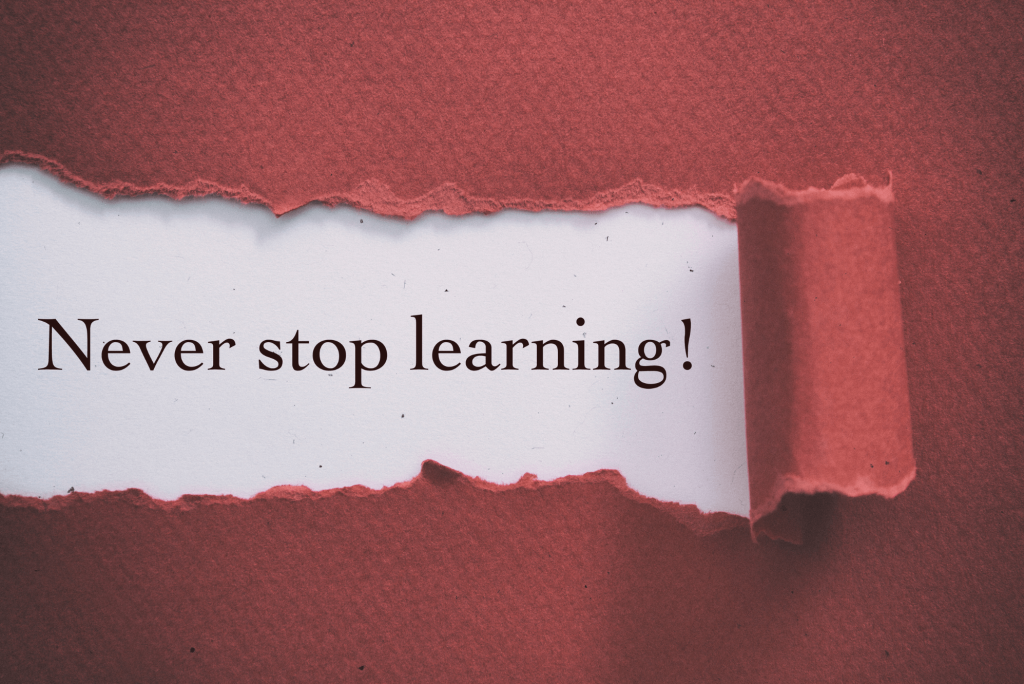Lessons in Board Culture from a Building Fire, a Traffic Intersection, and a 20-Minute Drive Home

Culture is a slippery concept, defined in countless ways, yet the definition that resonates with me is simple: “the way in which we do things around here”—especially when the leaders are away. When it comes to culture, it’s all about the behaviour you can see (or not see). Just last week, I found myself in a situation that screamed volumes about our societal culture and the governance (or lack thereof) that often underscores it.
A Fire Alarm Goes Off
Picture this: I’m at a meeting at the Country Club Johannesburg (CCJ) Auckland Park. The atmosphere is casual until the smoke alarms start blaring. Now, in true South African fashion—a blend of defiance and the belief that alarms rarely mean anything—I look around at the other tables in the sumptuous restaurant, and we all reach the same unspoken conclusion: “This must be a malfunction. Let’s ignore it.”
I’m as guilty as anyone, rolling my eyes at the chaos around me. The alarms go off yet again, this time coupled with the acrid scent of smoke. Suddenly, the mood shifts. Everyone’s on their feet, heading for exits like startled ants scrambling from a disturbed nest, but not a single person heads towards a designated safety point. Nope, we’re all too busy trying to score a good vantage point of the spectacle.

Chaos ensued. Staff were racing around with no clear plan. Some attempted to manage the situation, while others were just flailing about. It was a mess. You could practically feel the panic setting in as helpless onlookers jockeyed for the best views, all of them utterly clueless about what was supposed to happen next.
Here’s the kicker: There might be a risk management plan hidden in some dusty binder, but if it’s not consistently updated, maintained, and practiced, it serves no purpose. We don’t realise the danger until it’s too late. Isn’t that a perfect metaphor for governance?
A Drive Home: The Realities of Governance (or the lack thereof)
After that fiasco, I hit the road, and on my drive home, I notice a rather alarming trend. The first responders I see are private fire services. The municipal fire station? Silent. There’s a vintage WW2 water truck parked outside, looking like it hasn’t moved since the last world conflict. This is a glaring example of governmental failure, a theme that’s all too familiar in our municipalities.
This leads to a gut-wrenching thought: What kind of example does this set for those of us on boards—people tasked with governance and oversight—when even our local government can’t get it right? The failures at the highest levels translate into a culture of negligence that seeps down into every facet of society. The sheer inability of our public services to operate effectively is criminal, and it makes you wonder how loosely the threads of accountability are woven in the fabric of our organisations.
Broken Traffic Lights and the Power of the Informal Sector
Now, if you’ve ever navigated the streets of Johannesburg, you’ll know that broken traffic lights are a daily nightmare—our local “robots” as we call them. These situations are another example of dysfunction. Enter the private sector, where a large insurer (or is that Outsurer?) employs pointsmen (and women) to restore a semblance of order. But even they are outnumbered by the chaos at every intersection—there are just too many broken robots requiring attention!

And then there’s the informal sector: people trying to sell everything from snacks to trinkets at traffic lights, suddenly embracing the role of traffic control. In a bizarre twist of anarchy, these unappointed citizens become our guiding stars, and we, the habitual rule-breakers, transform into grateful, compliant drivers. Why? Because when we see someone taking charge—someone who feels that spark of purpose—we respond. It’s as if their commitment brings out a hidden sense of order in us.
The Bigger Picture
So, here’s what I take away from this chaotic string of experiences:
- Culture Is What We Do, Not What We Say: It ultimately boils down to observable behaviour. Forget lofty missions and polished values; the real test is how we act when no one’s watching.
- Top-Down Culture is a Myth: Culture flows from anywhere and everywhere—often from the most unexpected places. It’s about shared responsibility, not just directives from those in fancy boardrooms.
- Compliance is a Choice: We choose how to behave, whether or not a rule is being enforced. It’s about our consideration for each other, our fellow humans in this crazy, mixed-up world.
Conclusion: A Call to Action
In the end, my unexpected lessons from a fire, a chaotic drive home, and the absurdity of traffic intersections reveal critical truths about governance and culture. As board members, we must confront the reality that we are not just overseers of policy but active participants in shaping the culture that underpins our organisations. It is imperative that we engage in robust discussions about governance, challenge outdated practices, and ensure that our own protocols are not just words on a page but living, breathing practices that resonate throughout our entities.
Moreover, we must acknowledge and learn from the informal leaders who rise to the occasion, often amid chaos. From the pointsmen on the streets to individuals taking charge during emergencies, these unsung heroes highlight the importance of initiative and commitment in driving collective outcomes. As we forge our paths forward, let us cultivate environments where accountability and empowerment are front and centre, creating a culture where every member of the team is motivated to take ownership.
Let this serve as a rallying cry for all of us involved in governance: Let’s not wait for the alarms to sound before we act. Instead, let’s be proactive in establishing a culture that prioritises safety, responsiveness, and collaboration—one that thrives when leaders are present and even when they are not. If we can embrace these lessons from our everyday encounters, then perhaps we can transform the disarray around us into a more organised, compassionate society.
The way we do things around here should reflect not just compliance, but a shared commitment to excellence and responsibility. The time to act is now, and the responsibility lies with each one of us.






